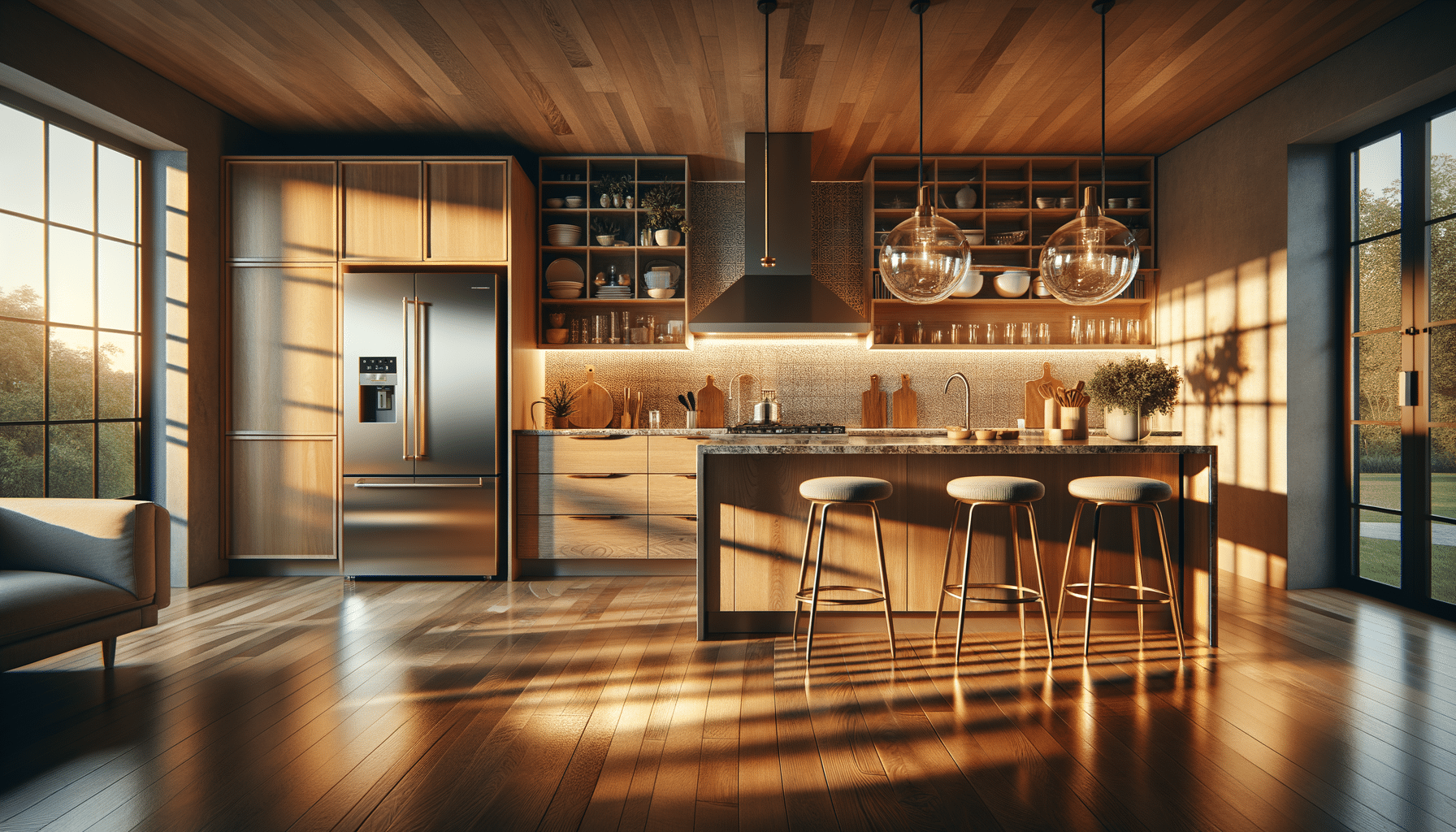
Transforming Your Space: The Art and Science of Kitchen Remodeling
The Significance of Kitchen Remodeling
Kitchen remodeling is not merely a pursuit of aesthetic enhancement; it is a transformative process that combines functionality and style to create a space that meets modern living demands. The kitchen, often considered the heart of the home, plays a pivotal role in daily life, from cooking meals to hosting gatherings. A well-designed kitchen can improve workflow, increase storage, and elevate the overall ambiance of a home. With the right design choices, homeowners can enjoy a space that not only looks beautiful but also enhances efficiency and convenience.
Moreover, a thoughtfully remodeled kitchen can significantly boost property value. Real estate experts often highlight that kitchen renovations offer one of the highest returns on investment in home improvement projects. By updating outdated features and incorporating energy-efficient appliances, homeowners can attract potential buyers and command higher prices when selling their property. Therefore, kitchen remodeling is not just an expense but a strategic investment that pays off in both daily enjoyment and financial returns.
Planning Your Kitchen Remodel
Embarking on a kitchen remodel requires careful planning and consideration. The first step is to establish a clear vision and set a realistic budget. Homeowners should assess their needs, preferences, and lifestyle to determine the scope of the project. Whether it’s a complete overhaul or a minor update, having a clear plan helps avoid costly changes and delays.
When planning, consider factors such as layout, storage, lighting, and appliance placement. The layout should facilitate a smooth workflow, often described as the “kitchen work triangle” that connects the stove, sink, and refrigerator. Adequate storage solutions, like pull-out shelves and deep drawers, maximize space and keep the kitchen organized. Lighting, both natural and artificial, plays a crucial role in setting the mood and ensuring functionality.
Consulting with professionals such as architects or interior designers can provide valuable insights and help navigate the complexities of a remodel. Their expertise ensures that the project adheres to building codes and incorporates innovative design solutions. By planning thoroughly and seeking expert advice, homeowners can embark on a kitchen remodel with confidence and clarity.
Choosing Materials and Finishes
The choice of materials and finishes in a kitchen remodel is instrumental in defining the overall look and feel of the space. Countertops, cabinetry, flooring, and backsplashes all contribute to the kitchen’s aesthetic and functionality. Selecting durable and easy-to-maintain materials ensures that the kitchen remains beautiful and practical over time.
For countertops, materials like granite, quartz, and butcher block are popular choices. Each offers unique benefits; for instance, granite is known for its durability and natural beauty, while quartz provides a non-porous surface that resists staining. Cabinets, often the focal point of the kitchen, can be customized with a variety of finishes ranging from classic wood to modern lacquer. The choice of cabinet hardware, such as handles and knobs, also adds a personal touch.
Flooring options like hardwood, tile, and vinyl cater to different preferences and budgets. Hardwood offers timeless elegance, while tile provides durability and ease of cleaning. The backsplash, a key feature in design, allows for creativity with materials like glass, tile, or stone. By carefully selecting materials and finishes, homeowners can create a kitchen that is both stylish and enduring.
Incorporating Modern Technology
Modern technology has revolutionized kitchen design, offering smart solutions that enhance convenience and efficiency. From smart appliances to automated lighting systems, technology can transform a traditional kitchen into a cutting-edge culinary space. Homeowners can integrate features such as touchless faucets, voice-activated assistants, and energy-efficient appliances to streamline daily tasks.
Smart refrigerators with built-in cameras allow users to view contents remotely, helping with grocery shopping and meal planning. Induction cooktops provide precise temperature control and faster cooking times, while smart ovens offer programmable settings and remote operation. Automated lighting systems can be adjusted for different activities, enhancing both functionality and ambiance.
Incorporating technology into a kitchen remodel not only modernizes the space but also adds value to the home. It reflects a commitment to sustainability and contemporary living, appealing to tech-savvy buyers. By embracing technological advancements, homeowners can create a kitchen that is not only functional but also future-ready.
Balancing Style and Functionality
Achieving the perfect balance between style and functionality is the hallmark of successful kitchen remodeling. While aesthetics are important, the kitchen must also cater to the practical needs of its users. A harmonious blend of design and utility ensures that the kitchen is both beautiful and efficient.
Consider the size and layout of the space when making design decisions. For smaller kitchens, optimizing space with multipurpose furniture and clever storage solutions is essential. Open shelving can create an airy feel, while islands provide additional workspace and seating. In larger kitchens, zoning can be used to create distinct areas for cooking, dining, and socializing.
The color scheme and decor should reflect personal taste while enhancing the kitchen’s overall theme. Neutral tones offer a timeless appeal, while bold colors can make a statement. Accessories such as rugs, artwork, and plants add personality and warmth to the space. By thoughtfully balancing style and functionality, homeowners can create a kitchen that is both inviting and practical.


